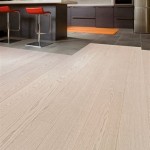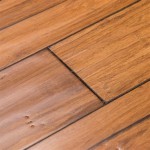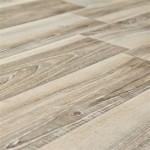Power Float Flooring: Exploring Essential Aspects
Power float flooring, a versatile flooring technique, offers a durable and aesthetically pleasing surface for both commercial and residential applications. It involves mechanically leveling a concrete subfloor using a power float machine. This article delves into the essential aspects of power float flooring, highlighting its benefits, process, and key considerations.
Benefits of Power Float Flooring
Power float flooring provides several advantages over traditional concrete flooring:
- Smooth Finish: The mechanical leveling process creates an exceptionally smooth and flat surface, ideal for installations requiring high precision and visual appeal.
- Enhanced Durability: Power floated floors are highly resistant to wear and tear due to their dense compaction and reduced shrinkage, resulting in a long-lasting surface.
- Moisture Resistance: The dense structure of power floated floors minimizes water absorption, making them suitable for areas exposed to moisture. li>Increased Load Capacity: The compaction and reinforcement of the concrete subfloor during power floating increase its load-bearing capacity, making it capable of supporting heavy loads.
Power Float Flooring Process
The power float flooring process typically involves the following steps:
- Concrete Placement: Fresh concrete is poured onto the prepared subgrade and leveled using a screed.
- Laser Screeding: A laser-guided screed is used to achieve a precise initial leveling, ensuring a uniform surface.
- Power Floating: A power float machine equipped with rotating blades is used to mechanically level the concrete surface, compressing and densifying it.
- Finishing: The surface is then finished using hand tools or power trowels to create the desired texture and smoothness.
- Curing: The concrete is allowed to cure and gain strength before foot traffic or further work is permitted.
Key Considerations
To ensure the success of a power float flooring project, several key considerations must be taken into account:
- Concrete Strength: The concrete mix should have a sufficient compressive strength to withstand the mechanical compaction during power floating.
- Subgrade Preparation: The subgrade should be well-compacted and level to provide a stable base for the concrete.
- Joint Layout: Expansion and contraction joints should be incorporated into the design to prevent cracking due to temperature changes.
- Curing Conditions: Proper curing is crucial to ensure the full development of the concrete's strength and durability.
Conclusion
Power float flooring offers a range of benefits, including a smooth finish, enhanced durability, and increased load capacity. By following the proper process and considering key factors, architects, contractors, and property owners can achieve high-quality power float floors that meet their specific requirements. Understanding the essential aspects of power float flooring empowers professionals to make informed decisions and deliver exceptional flooring solutions.

Using A Power Float

How To Power Float A Concrete Slab Jacksons Landscape Design Devon

Power Float Designing Buildings

Power Floated Concrete Flooring Nationwide Concreting Ltd

Flooring Quickcon Specialists

Concrete Power Float For Er China Floor Harden Agent Made In Com

Polished Concrete Malin Floors

Concrete Finishes Pavdrive

A Quick Guide To The Diffe Concrete Floor Finishes

Natural Power Float Concrete Floors Maggie S Charing Cross Steyson Granolithic Contractors Ltd
Related Posts








